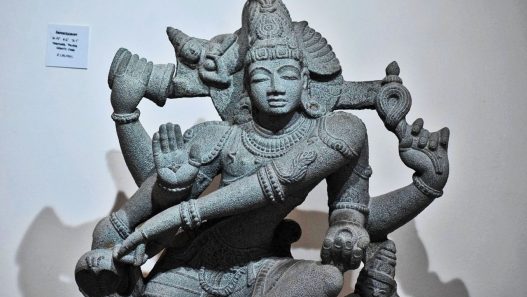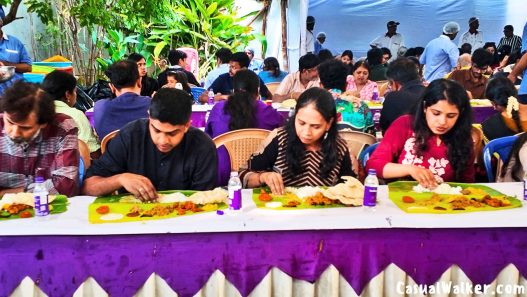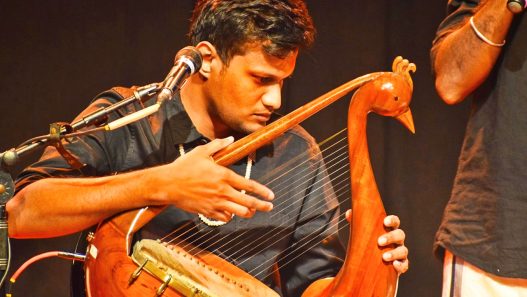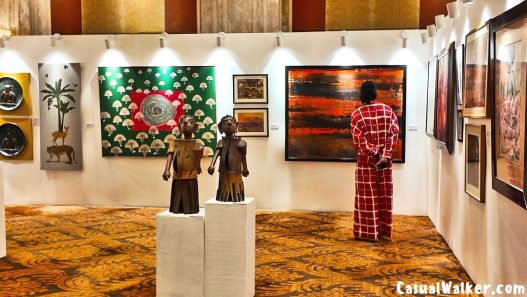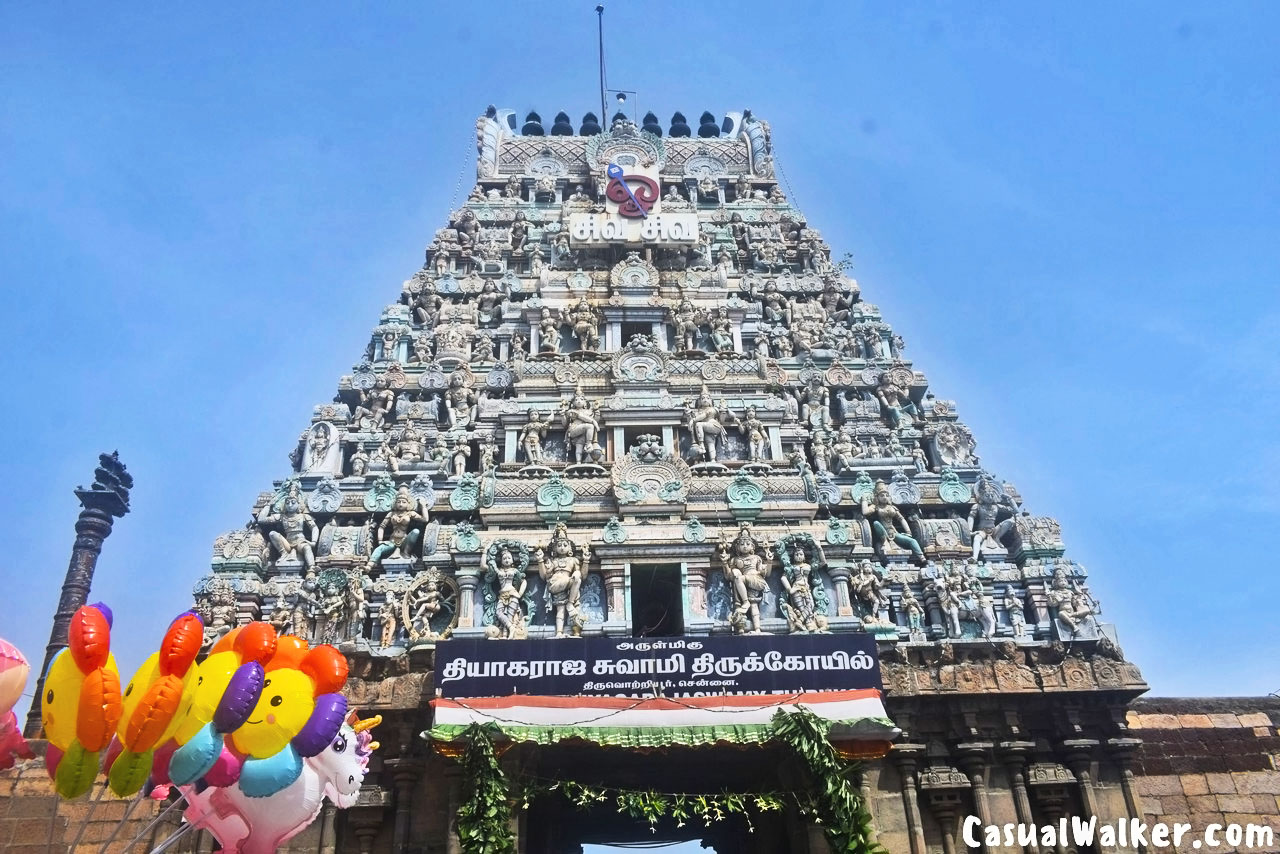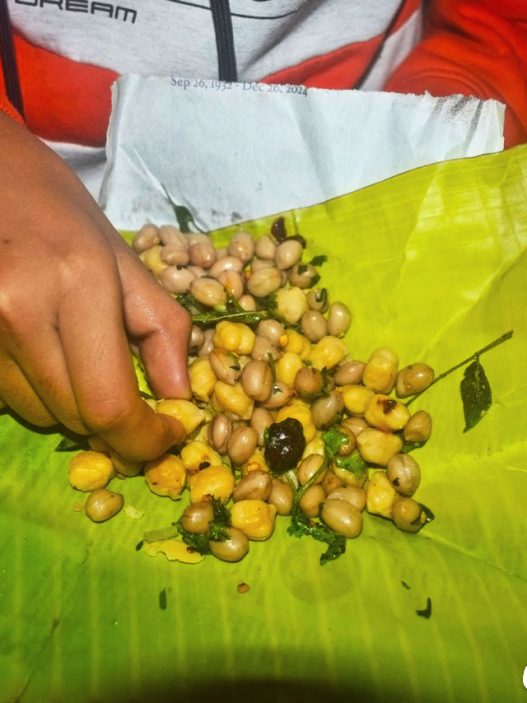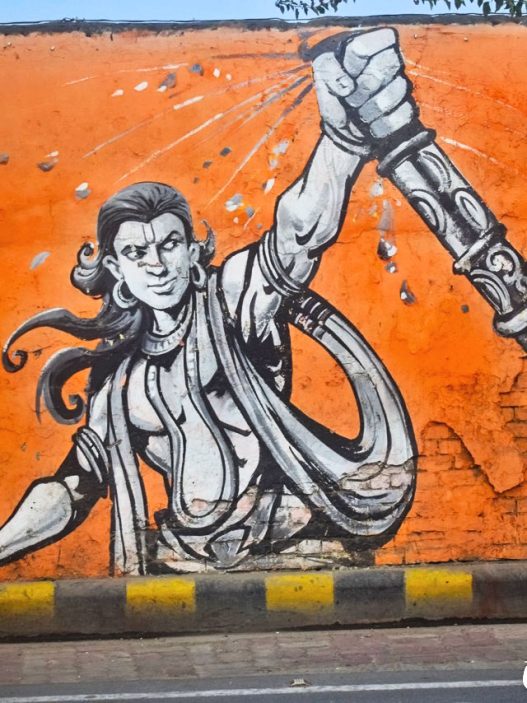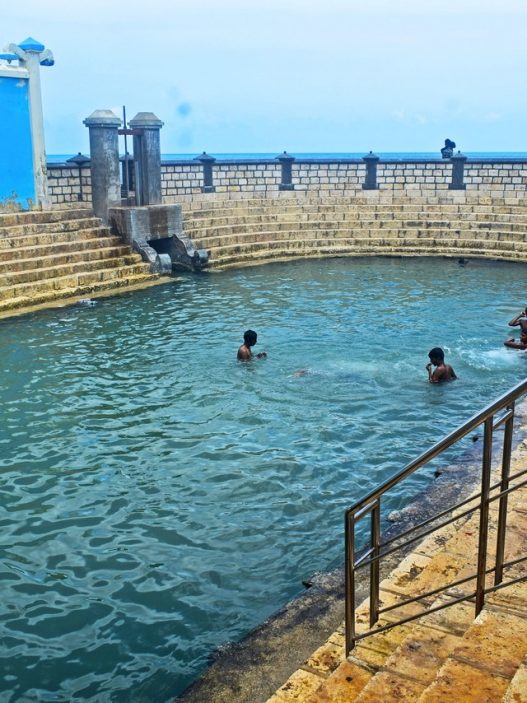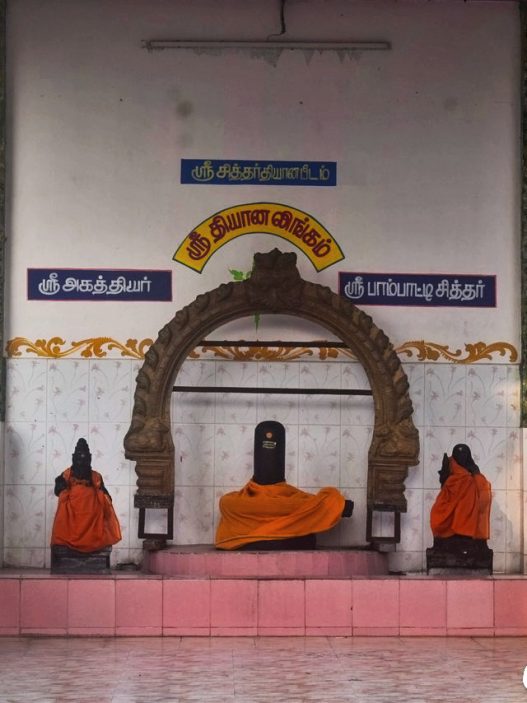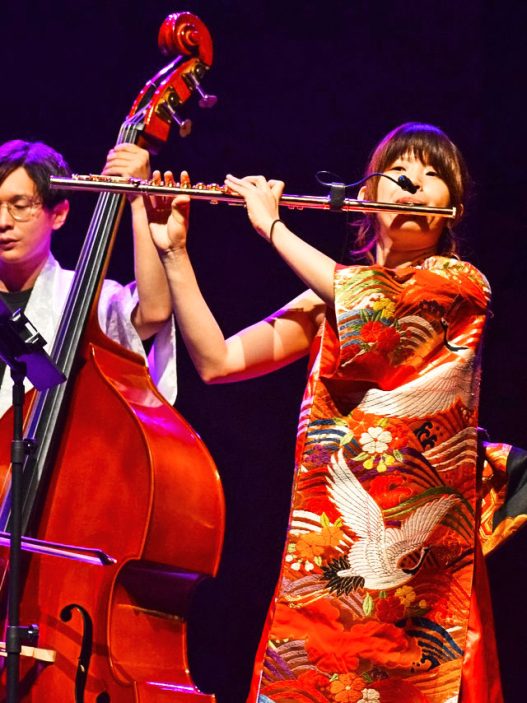Arulmigu Thiyagarajaswamy Temple & Vadivudai Amman Temple, Thiruvottiyur: 2000-Year-Old Shiva Temple | Vattaparai Amman Temple | Paadal Petra Sthalam & Shakti Peetham | Where Appar, Sambandar and Sundarar have rendered Thevaram – Visit, Temple Timings, History, Contact Details – Complete Visitor Guide (Updated)
– 7th-century lord shiva temple representing grand chola & pallava architecture
The moment I entered the beautiful 2,000-year-old Lord Shiva temple Sri Thyagarajaswamy / Arulmigu Thiyagarajaswamy temple – Vadivudai Amman Temple in Thiruvottiyur, Chennai, I felt a deep sense of peace and connection. There was something truly special about this place – you could feel the devotion of all the people who had prayed here over hundreds of years.
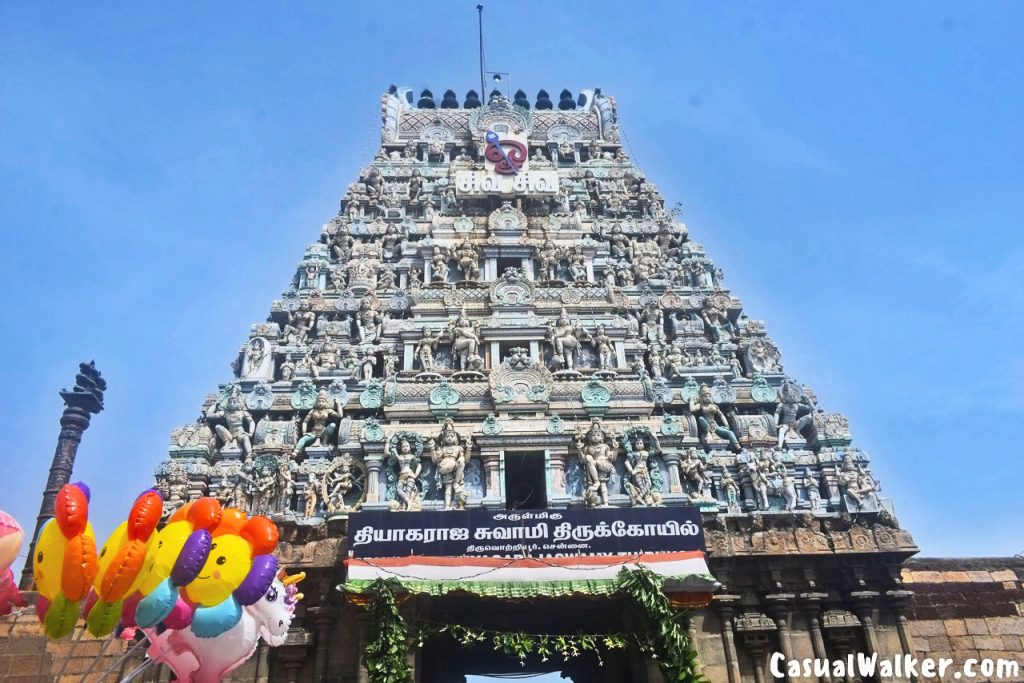
History of Sri Thyagarajaswamy Temple / Vadivudai Amman Temple, Thiruvottiyur
Thiyagaraja Swamy temple has witnessed the great dynasties, each leaving their divine imprint. Originally constructed as a humble brick temple during the Pallava period (6th-9th centuries), the temple’s foundation was laid by rulers who understood that spiritual centers are the true pillars of civilization.
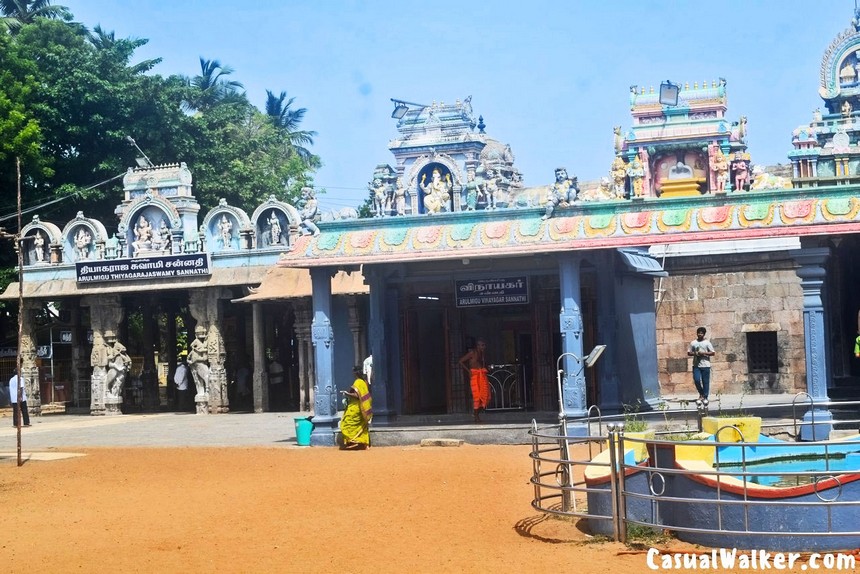
The most transformative period came under the reign of the great Rajendra Chola I (1014-1044 CE), who expanded this into a magnificent temple complex. The same visionary king who also enhanced the famous Thyagaraja Temple in Thiruvarur brought his architectural genius here, creating identical representations of Lord Shiva’s Ananda Thandavam. Standing before these sculptures, I felt connected to that golden age of Tamil spirituality and artistic excellence.
The temple’s evolution continued during the 15th century Vijayanagara period, when further renovations added to its architectural and spiritual grandeur.
The sanctum sanctorum, shaped like Gajaprishta (elephant’s back), I witnessed how our ancestors understood that the Divine expresses itself through specific forms to uplift human consciousness. This distinctive architectural feature confirms the temple’s ancient Pallava origins, making it a living museum of our spiritual heritage.
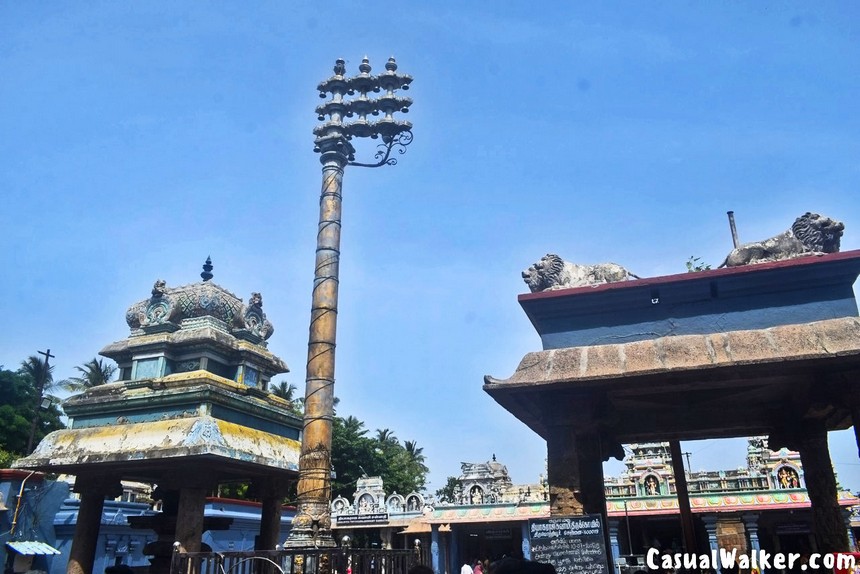
Cosmic Dance for Nandi
At this temple Lord Shiva performed the Padma Tandavam (Lotus Dance) for Nandi. Can you imagine, the cosmic beauty of that divine moment? Standing in that very space, I could almost feel the reverberations of that eternal dance still echoing through the temple walls.
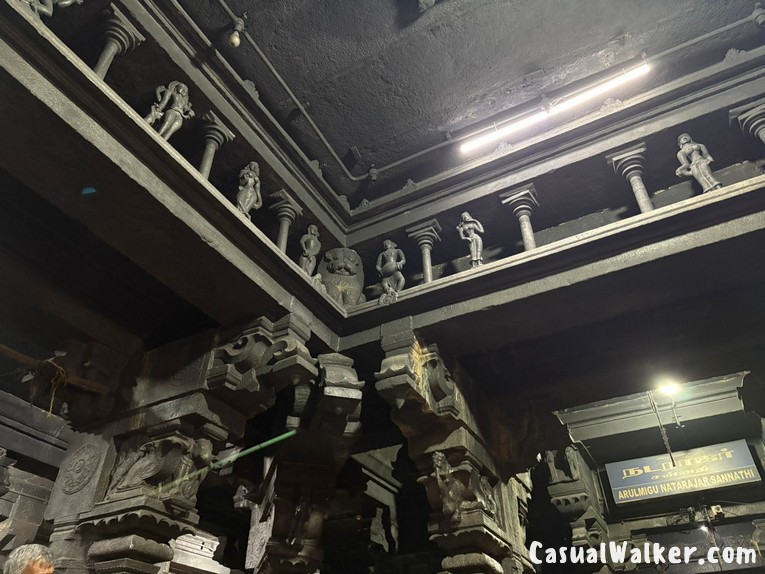
From Prehistoric Times to Sacred Present
Thiruvottiyur has been the oldest settlements in the region. According to ancient Tamil literature, this place was once known as Adhipuri, which is why the presiding deity is called Adhipureeswarar – the Lord of the First Place.
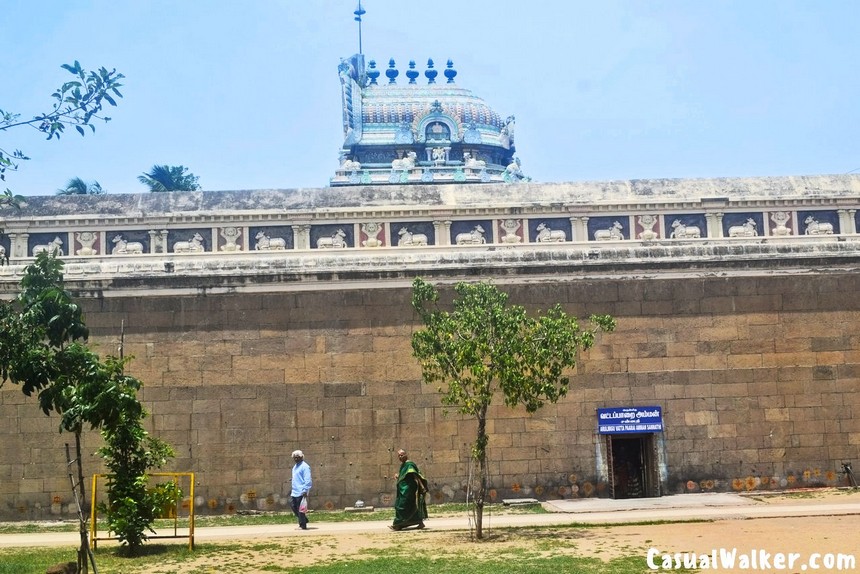
Divine Tax Exemption
One of the most fascinating historical accounts comes from the Periyapuranam, which tells us that long ago, a king issued a tax circular on a palm leaf to all regions of Tamil Nadu. Mysteriously, an additional line appeared in the document stating, ‘Ivvannai Ottiyur Neengalaaga Kolga’ meaning “Exclude Ottiyur from this tax.”
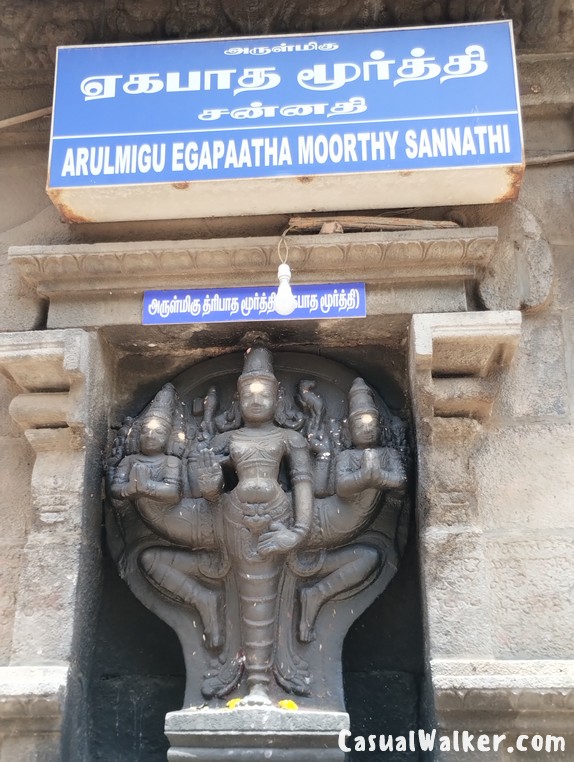
This divine intervention gave the place its name Thiruvottiyur and earned the main deity the unique title ‘Ezhuththariyum Peruman’ – ‘The Lord who knows letters.’ This legend speaks to the deep belief that this sacred land is under direct divine protection, exempt from worldly burdens by the Lord’s own decree.
Temple That Shaped Tamil Culture
Lord Shiva’s temple’s influence on Tamil culture and spirituality cannot be overstated. As one of the 276 Paadal Petra Sthalams, it holds a permanent place in Tamil Saiva literature. Being the 19th Shiva Sthalam in Thondai Nadu (the ancient name for the Chennai region), it served as a spiritual anchor for the entire area.

The temple’s designation as one of the sacred Tri-Shakti Temples (representing Itcha, Kriya, and Gnana Shaktis) and one of the 51 Shakti Peethas in India places it among the most significant spiritual centers in the subcontinent. This dual recognition as both a Shiva temple and a Shakti Peetha makes it extraordinarily special in the Hindu spiritual landscape.
Vasuki Serpent’s Tapasya
The story of Vasuki, the King of Serpents, – After receiving Shiva Deeksha from Sage Upamanyu, Vasuki performed such intense tapasya here that Lord Shiva himself emerged from an anthill to bless him. The visible trace of the serpent’s form within the sanctum serves as a living reminder that true devotion transforms both the devotee and the Divine’s response to us.
Sacred Geography of Consciousness
In this temple, I discovered a profound map of spiritual consciousness. The 27 Shiva Lingams representing the 27 Nakshatras reminded me that we are eternally connected to the cosmic dance of the stars. The five Lingams symbolizing the Pancha Bhootas spoke to my understanding that the Divine permeates every element of existence.
The twelve Lingams representing the Jyotirlingas and the eleven embodying the Ekadasha Rudras created a complete mandala of divine energy. Walking among these sacred forms, I felt myself moving through different dimensions of spiritual reality.
Vadivudai Amman – Guardian Deity of Tiruvottriyur
Vattaparai Amman is a powerful and protective goddess who is highly respected by devotees. She is connected to the Thyagarajaswamy Temple in Tiruvottriyur, Chennai, where she serves as the guardian deity, watching over and protecting the temple and its visitors. According to tradition, the great spiritual teacher The temple where she is worshipped has a unique and special feature – it contains stone symbols called lingams that represent each of the 27 stars in Hindu astrology, making it quite rare among temples.
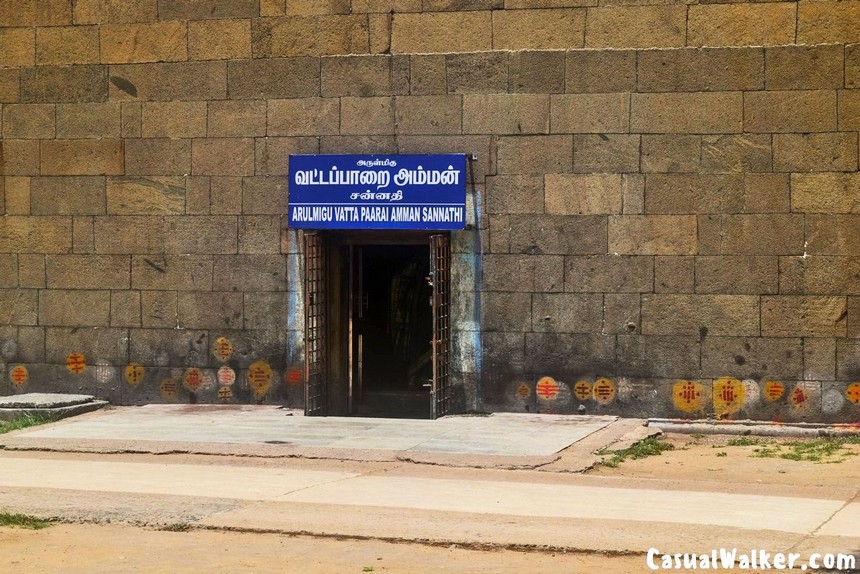
Vadivudai Amman, the embodiment of Tripurasundari and Gnana Shakthi, is not just a deity to be worshipped, but the very embodiment of the knowledge that liberates us from the illusion of separation.
The shrine of Vattaparai Amman (Kali) carries a profound teaching. Kannagi appears as Vattapparai Amman in the form of Kali. Vattapparai Amman temple festival is celebrated grandly for 7 days during the month of Chithirai.
Also Sri Adi Shankara inscribed the mystic chakra to transform the Vattapparai Amman fierce energy, he was demonstrating the alchemical power of divine wisdom to transmute all energies into vehicles of grace.
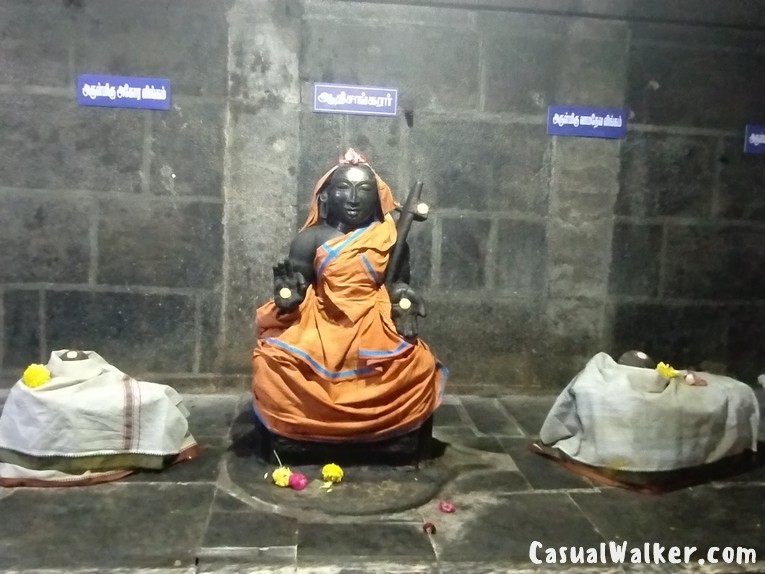
Sacred Breath of the Temple
The temple breathes with the presence of two sacred trees – the Atthi (fig tree) and the Magizham (mango tree). These divine guardians reminded me that nature itself is a scripture, teaching us about rootedness, growth, and the seasonal cycles of spiritual life.
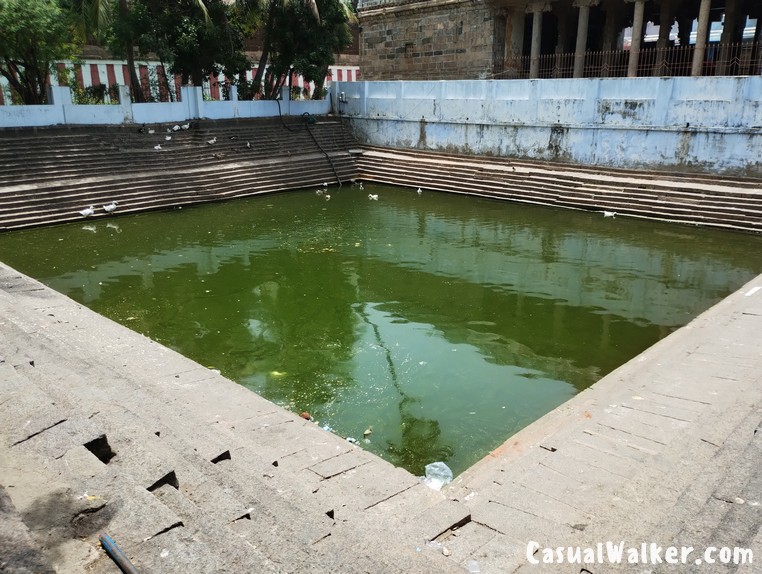
The two holy ponds at this temple are called the Brahma Teertham and Gunalya Theertham.
Lord Adhipureeswarar’s Darshan on Karthigai
The temple priest shared with me the most sacred secret – on the full moon night of Karthigai, the armor covering Adhipureeswarar is removed, revealing the Lord in his natural form as an anthill. For three blessed days, devotees can witness this profound mystery while the Lingam is anointed with sacred oils.
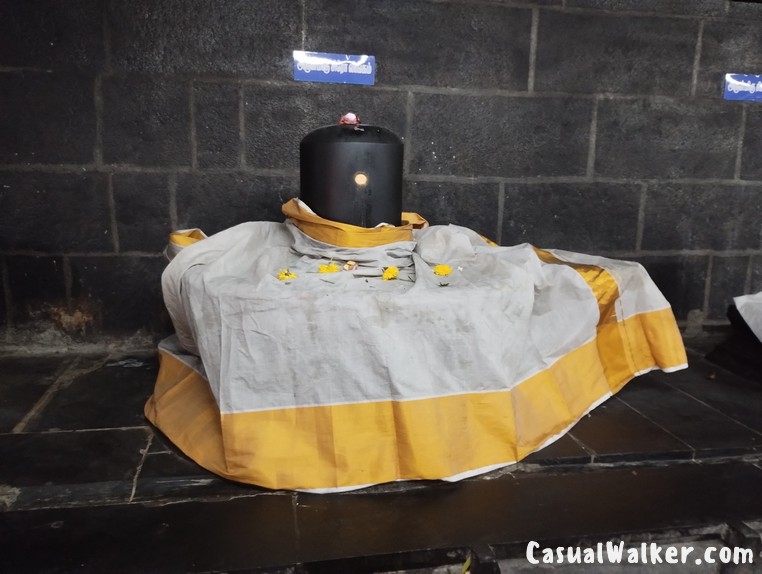
Thevaram Trio – Saivite Saints Footprints
This temple has been blessed by the footprints of countless realized souls throughout history. The Thevaram trio – Appar, Sambandar, and Sundarar – have poured their hearts out in divine poetry here during the 7th-8th centuries. The very stones seem to resonate with their devotional fervor, making this temple one of the revered Paadal Petra Sthalams (temples praised in sacred hymns).
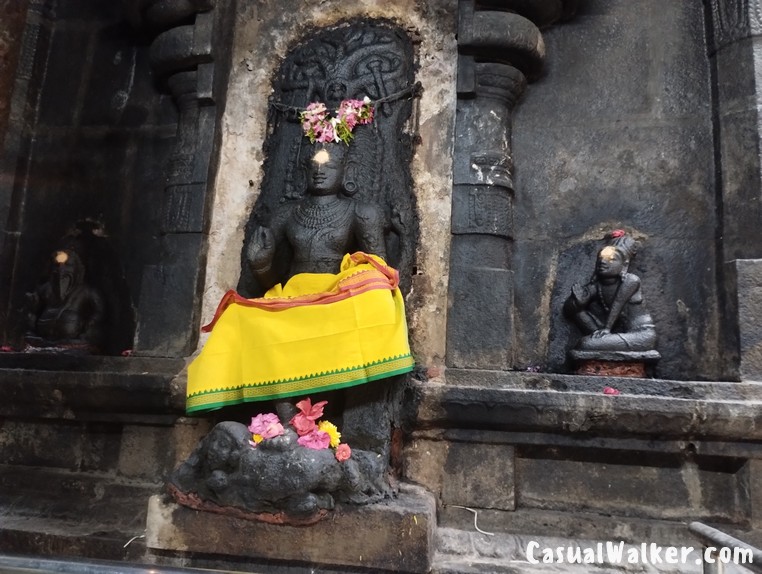
Center of Learning and Literature
What particularly moved me was discovering that this temple once served as a vibrant center of learning. Ancient inscriptions reveal that numerous religious discourses and spiritual teachings were conducted here, making it not just a place of worship but a university of the soul.
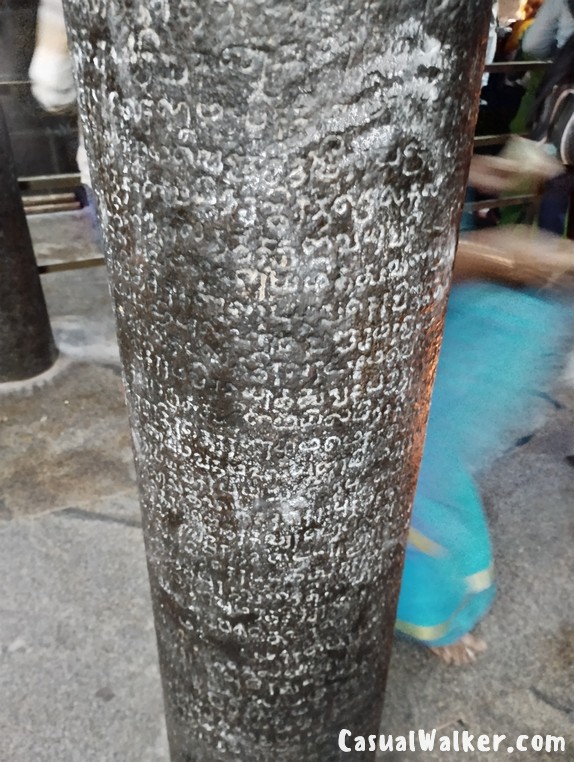
The temple holds a special place in Tamil literary history. It was here that the legendary Kavi Chakravarthi Kambar is said to have translated Valmiki’s Ramayana from Sanskrit into Tamil – a monumental contribution to Tamil literature that continues to inspire millions today.
Learning that saints like Pattinathar and Ramalinga Swamigal (Vallalar) actually lived in this town and offered their daily prayers to Lord Thyagaraja filled me with deep reverence. Their spiritual presence still permeates this sacred space, offering guidance and inspiration to contemporary seekers like us.
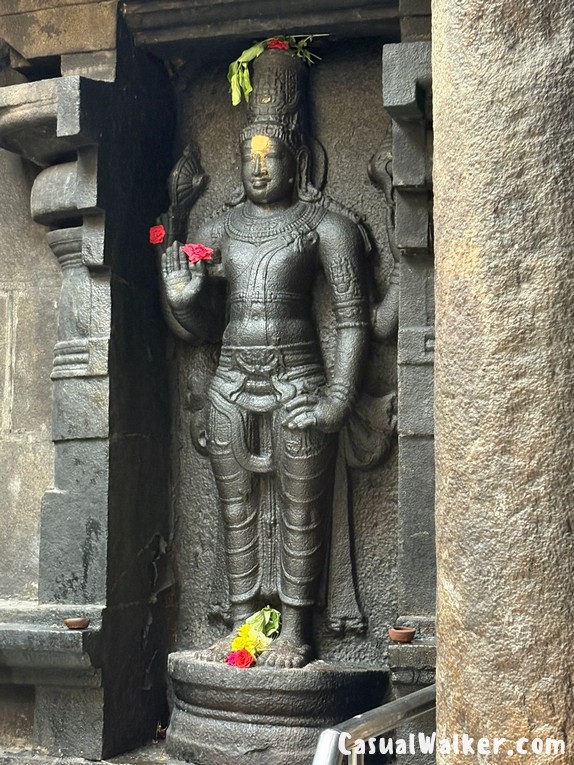
Birthplace of Musical Genius
This sacred land is also the birthplace of Thiruvottiyur Thyagayyar, the renowned Carnatic composer and poet. When he visited the temple and was deeply moved by the beauty of Goddess Parvati, he composed the magnificent Tiruvottiyur Pancharatna – five devotional gems praising Goddess Tripurasundari. These compositions continue to be sung in concert halls and temples worldwide, carrying the spiritual essence of this place to distant shores.
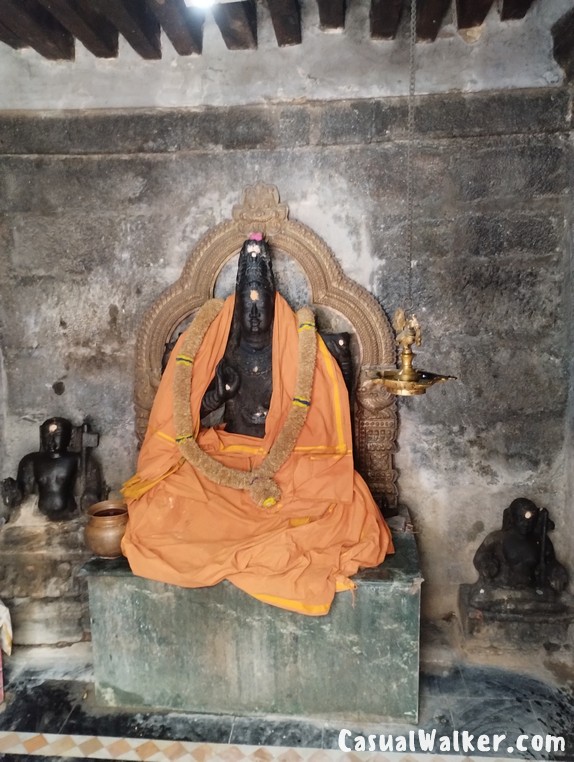
Other luminaries who have walked these sacred paths include Arunagirinathar, Muthuswamy Dikshithar, and Maraimalai Adigal, each adding their unique spiritual fragrance to this divine garden.
Living Tradition
During the festivals, this temple becomes a celestial celebration. The 10-day Brahmotsavam in Masi transforms the entire complex into a divine playground where the gods themselves seem to participate in the festivities. The 18 divine dance forms of Sri Thyagaraja celebrated on the tenth day must be a glimpse of the cosmic dance itself.
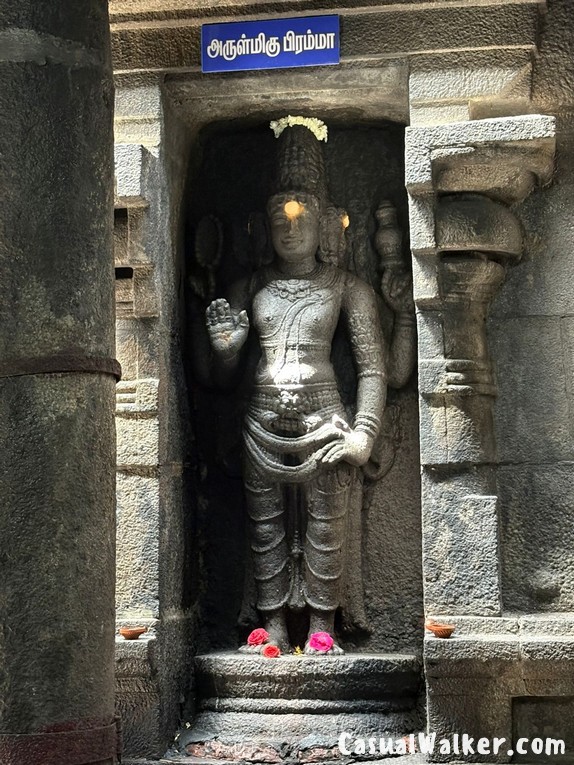
The 15-day festival for Goddess Durga, culminating in the symbolic burning representing Kannagi’s righteous fire, reminds us that the Divine Mother is both the gentle nurturer and the fierce protector of dharma.
Various Sacred Names of Deities
The multiple names of the Lord – Adipureeswarar, Putridakondar, Padampakkanathar, Ekhutriyum Perumal, Thyagesar, Anandathyayakar – each reveal different facets of his infinite nature.
Similarly, the Goddess’s names – Tripurasundari, Vadivudayammai, Vadivudai Manickam – speak to the various ways the Divine Mother manifests her grace.
Travel Tips for Sri Thyagaraja Swamy Temple & Vadivudai Amman Temple, Thiruvottiyur
Address of Sri Thyagaraja Swamy Temple & Vadivudai Amman Temple, Thiruvottiyur :
576X+8HG, Sannathi St, Gopal Nagar,
Tiruvottiyur, Chennai, Tamil Nadu 600019
Phone: 044 2573 3703
Sri Thyagaraja Swamy Temple & Vadivudai Amman Temple, Thiruvottiyur – Temple Timings:
Open all days
Morning: 6:00 AM to 12:00 PM
Evening: 4:00 PM to 8:30 PM
How to reach Sri Thyagaraja Swamy Temple & Vadivudai Amman Temple, Thiruvottiyur
By Metro Train
Get down at Thiruvottriyur Theradi station. It’s 2 minutes walkable distance from here.
By Train
Take Chennai local train to Tiruvottiyur Railway Station. The temple is within walking distance from the railway station. Alternatively, take trains to nearby stations like Korukkupet or Wimco Nagar
By Road
From Chennai city center, take Grand Northern Trunk Road (GNT Road) towards Tiruvottiyur. Well-connected by state highways and city roads. Private vehicles can use GPS navigation to reach the temple
By Auto/Taxi
Auto-rickshaws available from nearby railway stations and bus stops
Taxi services (including app-based cabs like Ola, Uber) readily available
Local share autos run regularly to Tiruvottiyur from various parts of Chennai
By Airport
From Chennai International Airport, take taxi or cab (approximately 45-60 minutes depending on traffic). Airport buses available to Chennai city, then connect to local transport to Tiruvottiyur.
Distance: About 30-35 km from the airport


